How to get employees to embrace ownership thinking
The limitation of the box level approach is that it constrains and contains the creative thinking of people within their designated box. At the worker level, the box is all about output and productivity and very little about creative thinking and decision making to do the work more efficiently. Creative thinking and decision making is reserved for the uppermost boxes that are often the most distant from the work. This approach leaves a vast resource of untapped brain power at the most critical level ... where the work is actually being done.
The Kicker: Most owners and leaders want their employees to think and act like owners. They want employees to take ownership in their work, pursue quality, play as a team, do what's best for the customer, help reduce costs ... and live the vision of the company. Only problem is ... their "place people in boxes" approach works against them.
Here are some no-compromise leadership strategies to create a culture of ownership thinking:
- Recycle the boxes: If you want your employees to embrace ownership thinking and take responsibility in the success of the company, then it's time to collect all of your people boxes and make a trip to the recycling center. FACT: Don't expect ownership thinking to occur while you keep groups of people (workers, managers, etc.) neatly tucked away in boxes that have, at best, been described as "comfort zones". You placed them into boxes and only you can allow them the freedom to step out into a brave new world. Some will love the opportunity to exercise their brain, have their voice heard, and to make a difference. Others will cling to the remnants of their once comfy box and need some coaxing and coaching to step out. If you want a culture of ownership thinking, you must first break down the boxes that prevented it in the first place.
- Upgrade your expectations: This is a tough one for many leaders that have lowered their expectations of employees because the company's culture got stuck in mediocrity, destroy from within, or even worse, the fiery pit of hell. FACT: Company cultures degrade because the leader allowed it to. Ownership thinking cannot occur when it's routinely beaten down by the leader's "finger of blame". Upgrading your expectations of employees is a process of instilling confidence, trust and believing in the abilities of those you lead. Employees must feel respected and appreciated by leadership in order to have the confidence to step up, speak up and perform up.
- Clarify "Ownership Thinking": Telling employees that you want them to "think like an owner" is about as effective as telling them to "do more". FACT: You need to invest the time, energy and resources to educate employees on what ownership thinking looks like, feels like and performs like. Every company has loyal, capable and trustworthy employees on the team that hold back on decision making simply because, as individuals, they do not "feel" they have the authority to make certain decisions that they "feel" are above their pay grade. It is up to the leadership to clarify the boundaries and limits of ownership thinking. Again, this requires an investment in time, training and coaching.
- Share the data: I am a huge fan of open-book management ... and the open sharing of key performance data. It is the basis of creating a culture of transparency where no one fears hidden agendas, cliques and ego-based leadership. FACT: People do care about the numbers if they understand what the numbers mean - and how they can push the numbers in the right direction. If you want a culture of ownership thinking to lift your company to the next level ... share as much information and data as possible so every team members knows and understands the score.
- Reclaim territories: This is a simple one. FACT: Many people, managers and leaders are highly "territorial" and protect their turf at the expense of others and the company. Ownership thinking brings everyone into the game of winning and converts "territories" into shared common space. If you or members of your leadership team are busy putting up barbed-wire fences and walls to protect their territory ... a culture of ownership thinking has little hope of surviving.
- Set yourself free: You'll like this one. FACT: A culture where ownership thinking prevails gives leaders a clean and highly manageable plate of responsibilities. Leaders have the time to look and strategize the company's future down range. More people share the load of growing the company. More and better decisions are being made closer to the work and the problems. In order to set yourself free as a leader, you must lead differently. I simply call the process ... No-Compromise Leadership.
- - - - - - - - -
Please share your thoughts with me about today's Monday Morning Wake-Up. Click below to comment.
Pass this e-mail on to your business colleagues, managers and friends. They will appreciate it.








Comments
No comments found. Start the conversation!
Leave a Comment